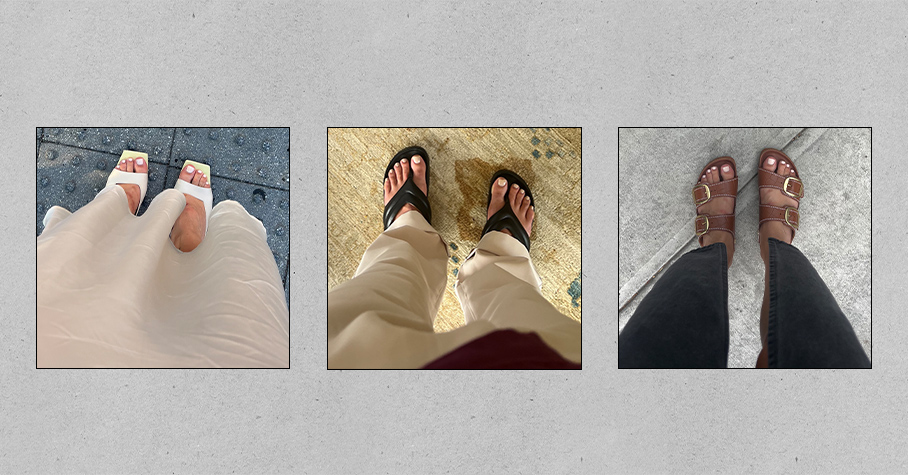Is Justice Better in a ‘Virtual’ Courtroom?
The emergence of online trials during the pandemic revealed the unequal arrangements of physical courtrooms, argues American University Prof. Andrew Guthrie Ferguson.

The emergence of virtual trials during the COVID-19 pandemic revealed the unequal arrangements of physical courtrooms, argues Prof. Andrew Guthrie Ferguson of the American University Washington College of Law.
In addition to underscoring the status of the physical courthouse as a site of “carceral control,” virtual courtrooms remedy some of the unjust practices of the court system, Ferguson argues in a forthcoming Vanderbilt Law Review article.
From shifting power toward defendants to allowing outsiders to observe proceedings, virtual courtrooms “help us see the unequal societal pressures influencing criminal practice in a new way,” he writes.
“When criminal courts no longer require a physical courthouse, power and control shifts away from judges,” Ferguson writes. “This diffusion of power may ultimately refocus what courts do, rebalance an increasingly punitive criminal legal system, and help rethink traditional practices.”
Ferguson first identifies the features of physical courtrooms that reinforce punitive punishments.
For one, physical courthouses — architecturally structured to spotlight the authority of judges — are central to pretrial detention. Deputies and marshals present in the courtroom facilitate judges’ orders to incarcerate defendants for violations of pretrial release, for example.
Similarly, the proximity of pretrial service agencies — which monitor conditions of release, such as drug testing, location monitoring, and curfew — to physical courthouses enable court officials to mandate court supervision.
“In the context of several decades of mass incarceration, primarily focused on low level property and drug crimes, this central role of court power has led to millions of court contacts for poor individuals,” Ferguson writes.
Indeed, Ferguson argues that the “bulk” of physical court activity involves processing low-income people through a pre-plea stage and post-sentencing stage with little time in trial. The turn to online court disrupted these practices, “[changing] power relationships and weakening judicial authority and court power.”
Rethinking the ‘Professional-Centric’ Courtroom
First, virtual trials contest the “professional-centric system” of physical courts, in which the convenience of professionals supersedes the convenience of defendants, jurors, and witnesses.
Often conducted on Zoom, virtual trials eliminate the financial costs of traveling to court on a work day, for example. By universalizing and democratizing convenience, virtual court may reduce the number of “failure of appear” cases, which can result in additional criminal charges.
Virtual courtrooms also shift authority away from judges, as digital streams fail to replicate the physical courtroom design that amplifies the “majesty of law.”
This de-centering of judicial authority has legal consequences, Ferguson argues.
“In a legal system that has relied on judges to coerce abstinence, mental health treatment, and other behavioral changes from people suffering from addiction, mental illness, or in the impacts of poverty, the lack of physical power to make anything happen in court is significant,” he writes.
“Judges will be less able to ‘solve’ social problems using court services because the court officials and social service representatives will not be physically present to coordinate the matters.”
Additionally, an online court system may lead to fewer pretrial detentions, due to the lack of deputies or marshals in a physical courtroom.
The shift to online hearings also has implications for court calendars. Traditional courts follow a judge-based scheduling system, which causes attorney-client conversations to be brief and “decisions to be rushed.”
Online court follows a much different time schedule, with court officials establishing set times for hearings where all parties can attend. This schedule “[pushes] the center of court control outside of court.”
Although Ferguson recognizes that shifting away from physical courtrooms may remedy some of the unjust practices of physical courtrooms, he argues that “the rules of trial should not be so easily shifted online.”
Nevertheless, “online courts offer a measure of transparency and external accountability never before available,” he writes.
“New video technology democratizes who can observe and new digital technology captures what is happening in court.”
The full essay is available here.
Eva Herscowitz is a contributing writer to The Crime Report.

 Landwebs
Landwebs 




















